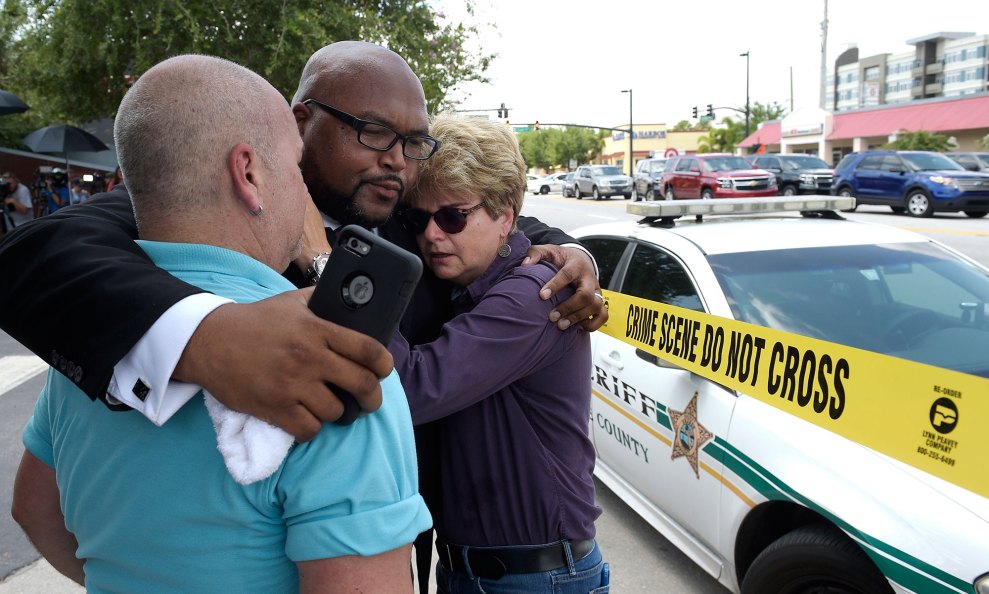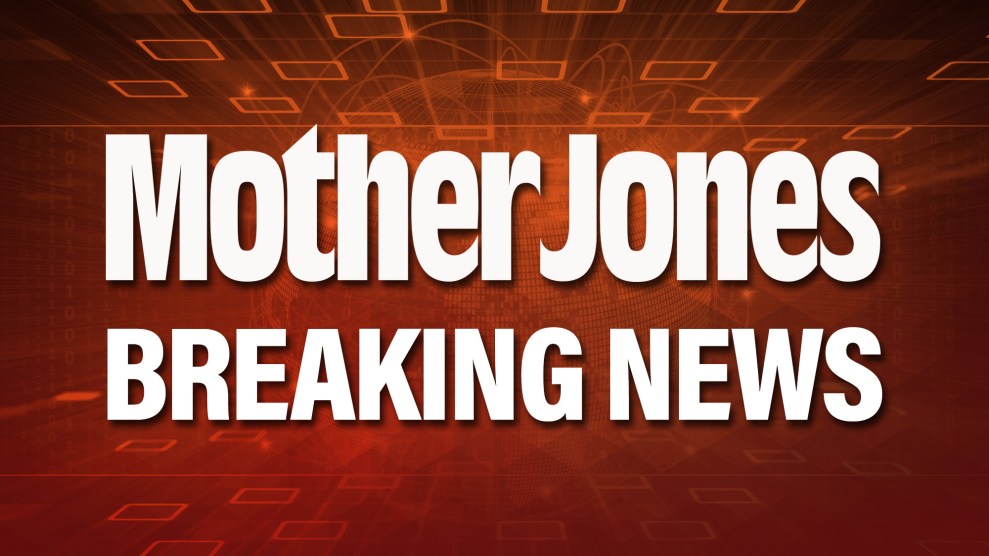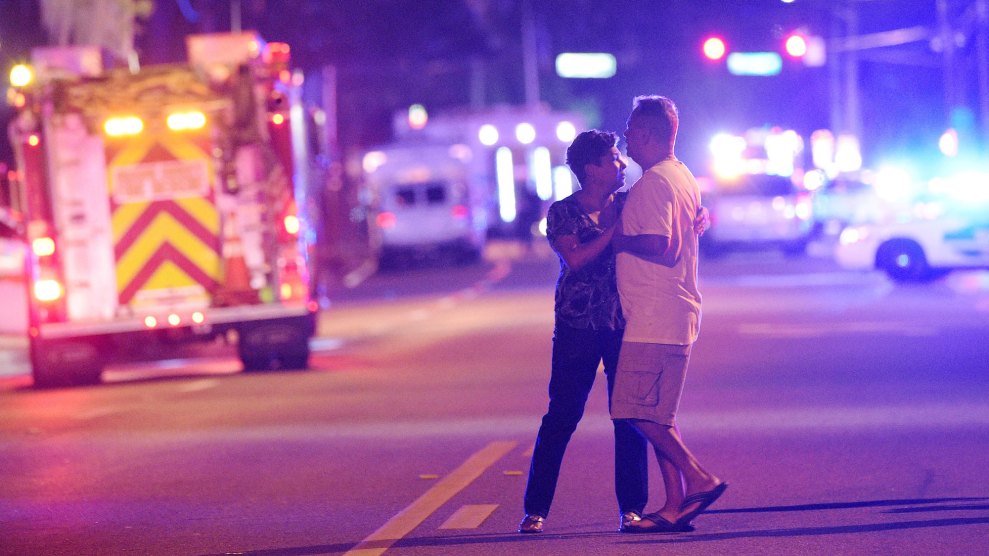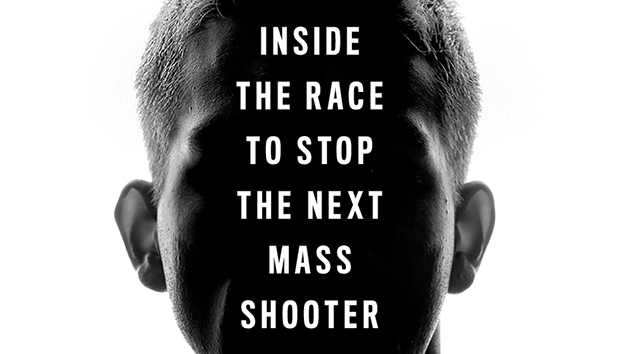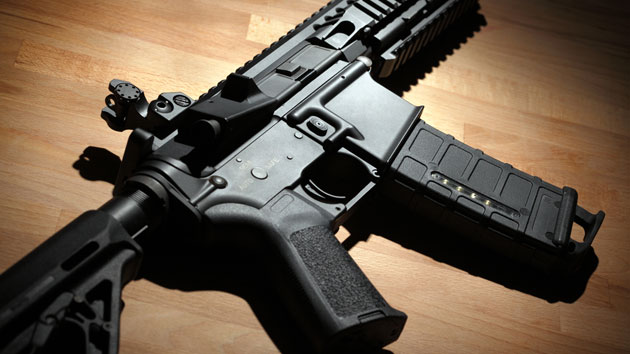
America is in a fog of grief, anxiety, and rising partisan rancor as the nation comes to grips with the deadliest mass shooting in its modern history. But when it comes to the most basic question of how the massacre took place in Orlando early Sunday morning, the picture couldn’t be clearer: America’s mass shooters increasingly are using weapons of war.
What the data shows is stark: There have been nine mass shootings in the United States over the past year alone. (The one-year anniversary of the slaughter at Charleston’s Mother Emanuel church is this Friday.) In at least eight of these attacks the killers used guns that they obtained legally. And in at least six of them, including Orlando, the killers wielded AR-15s, AK-47s or the equivalent—semi-automatic rifles that were designed to be used in military battle. (Authorities have yet to disclose the source or specific details of the “AK-47 style” gun used in the attack last November on a Planned Parenthood clinic in Colorado.)
This continues a long-running pattern. According to our database of mass shootings in America going back to 1982, most of the perpetrators got their guns legally—in at least 65 out of 81 cases, including Orlando. This now includes six of the seven deadliest attacks carried out since 2012, as the accompanying graphic shows. (The graphic is from a new investigation into America’s gun industry that Mother Jones will publish online soon.)
In addition to semi-automatic rifles, many mass shooters have used semi-automatic handguns. But perhaps most consequential with regard to their weapons of choice is this: In a majority of cases the attackers used their guns in combination with high-capacity magazines, which can hold 15, 30, or even as many as 100 rounds.
Such ammunition devices enable attackers to maximize the number of bullets they can fire before stopping to reload. The perpetrator who struck in Tucson in 2011 squeezed off 31 shots from a Glock handgun in 30 seconds. In a matter of minutes at Sandy Hook Elementary School, the attacker there used an assault rifle to strafe schoolchildren and their teachers with more than 150 bullets. The killers who struck in San Bernardino fired upwards of 75 shots at their victims, and roughly as many at police who pursued them.
It may not be clear for days yet how many rounds were fired inside the Pulse nightclub in Orlando; investigators there face a daunting crime scene to process. But the ghastly body count already tells us more than we need to know. As one veteran ATF special agent described it to me after the Sandy Hook massacre in 2012, the weaponry taken up by most of America’s mass shooters—in many cases easily purchased by them in stores—is well-suited for their purpose: “It turns a killer into a killing machine.”

